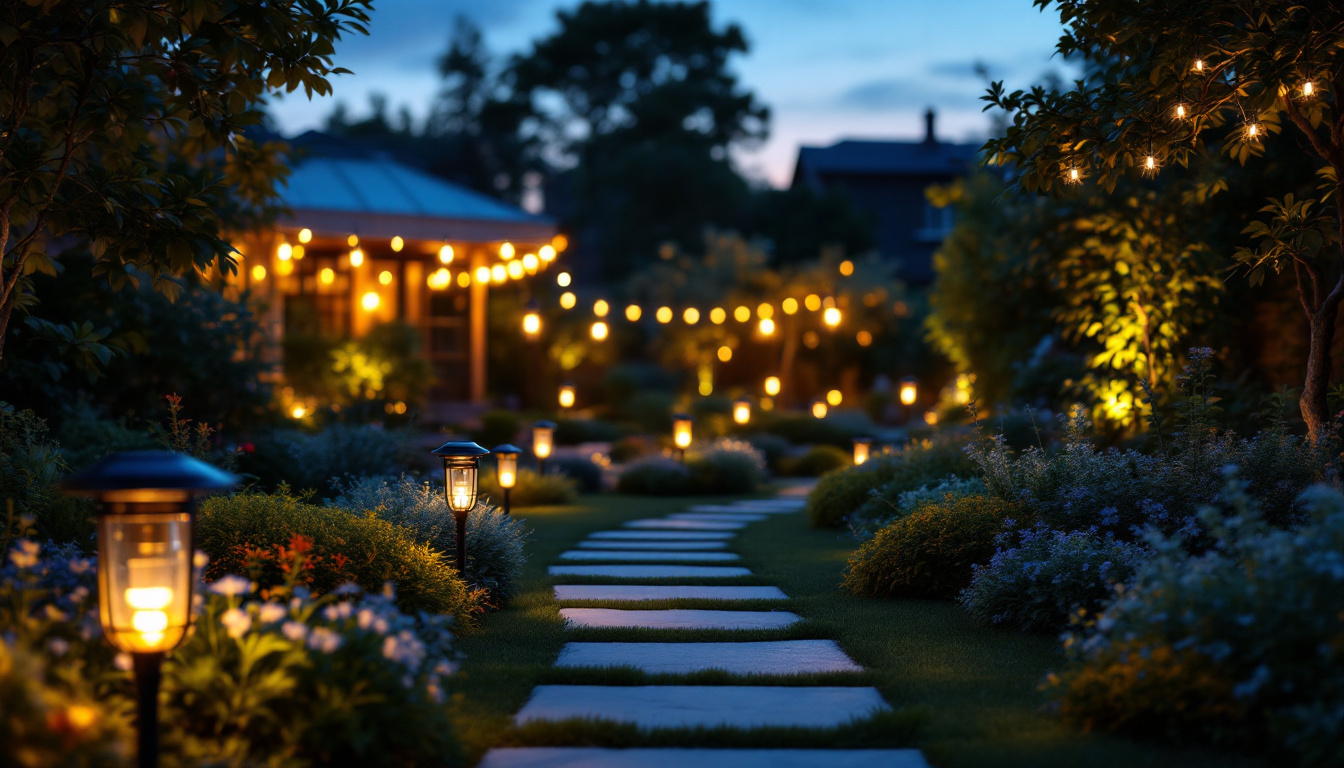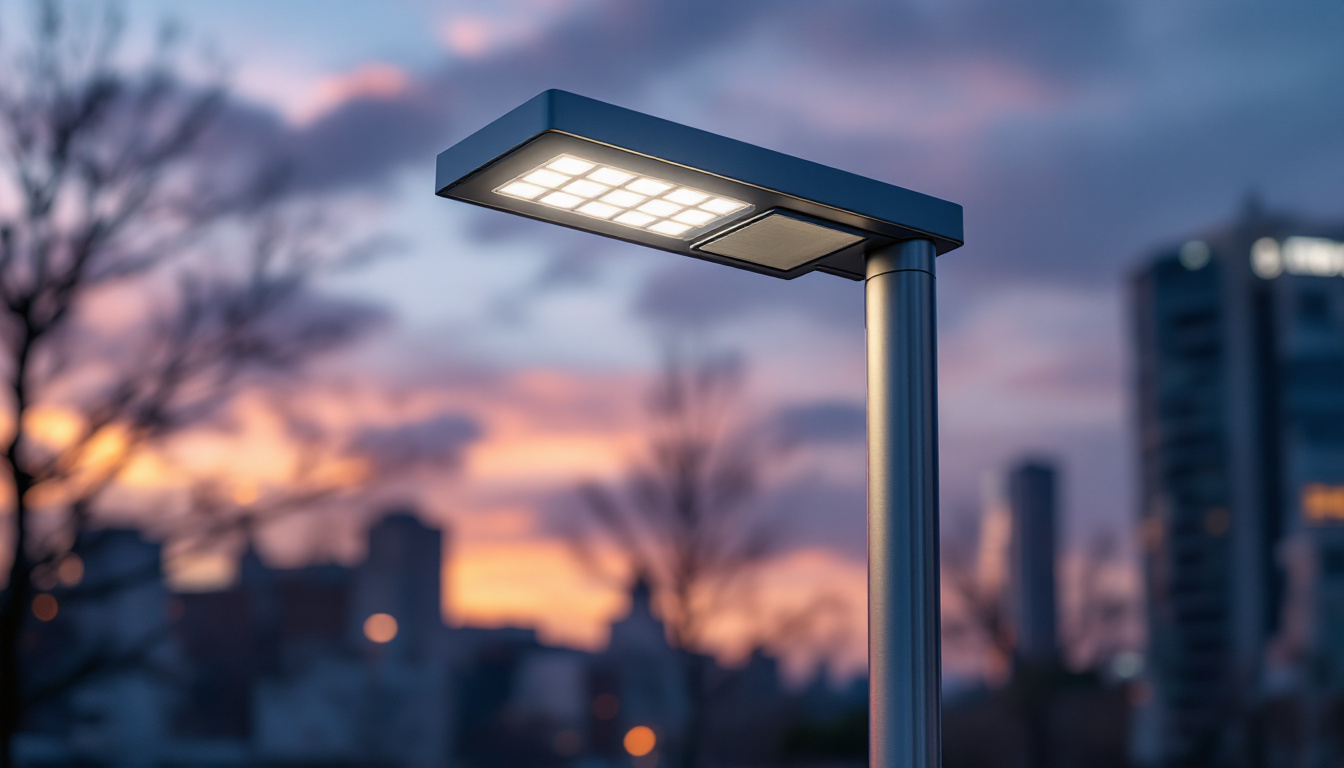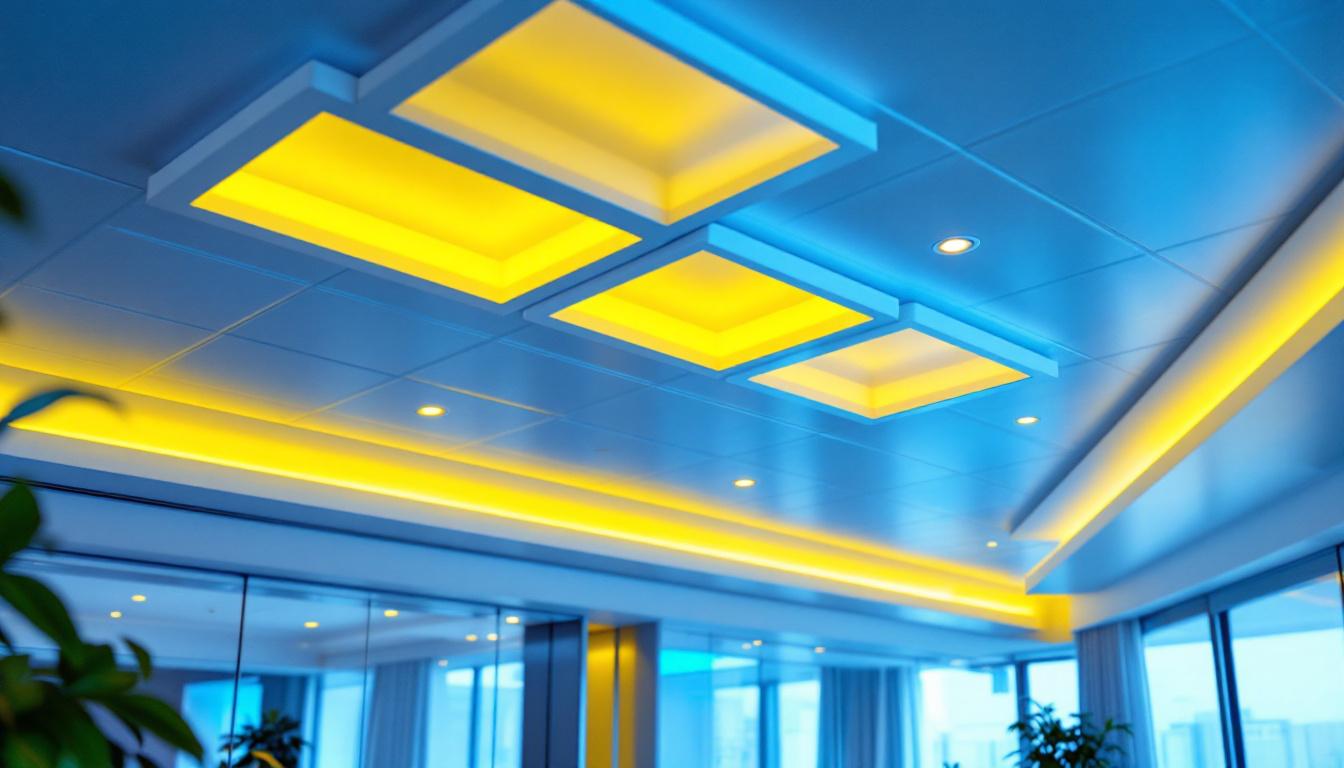
In the realm of kitchen design, lighting plays a pivotal role in both functionality and aesthetics. Among the various lighting options available, recessed kitchen lights have gained immense popularity due to their sleek appearance and versatility. This article delves into everything lighting contractors need to know about recessed kitchen lights, from installation to design considerations, ensuring that your projects shine brightly.
Recessed lighting, often referred to as can lighting or pot lighting, involves fixtures that are installed into the ceiling, creating a clean and unobtrusive look. This type of lighting is ideal for kitchens, where both task and ambient lighting are essential. The fixtures are designed to be flush with the ceiling, providing a streamlined appearance that complements modern kitchen designs. Many homeowners appreciate how recessed lighting can make a space feel larger and more open, as it eliminates bulky fixtures that can clutter the visual field. This minimalist approach not only enhances the aesthetic appeal but also allows for a more versatile use of space, making it a favorite among interior designers.
To fully grasp the functionality of recessed lights, it’s essential to understand their components. A typical recessed lighting setup includes the housing, trim, and bulb. The housing is the part that is installed in the ceiling and holds the bulb. It comes in various types, including new construction and remodel housings, each designed for specific installation scenarios. New construction housings are typically used in homes that are being built from the ground up, while remodel housings are designed for retrofitting into existing ceilings, making them a versatile option for renovations.
The trim is the visible part of the fixture that can be customized to fit the kitchen’s design. It comes in various styles, including baffle, reflector, and adjustable trims, allowing for flexibility in directing light. Baffle trims help to reduce glare, making them ideal for general lighting, while reflector trims can enhance brightness in specific areas. Adjustable trims, on the other hand, allow you to direct light exactly where it’s needed, which is particularly useful for highlighting artwork or architectural features. Finally, the bulb type significantly influences the quality of light produced. Options include LED, incandescent, and halogen, each with its own characteristics and energy efficiency. LED bulbs, for instance, are known for their longevity and low energy consumption, making them an increasingly popular choice among eco-conscious homeowners.
Recessed lighting offers several advantages, making it a popular choice for kitchen illumination. First and foremost, it provides a clean and modern aesthetic, enhancing the overall design of the space. Unlike traditional fixtures, recessed lights do not hang down, allowing for greater flexibility in ceiling height and design. This unobtrusive style can be particularly beneficial in kitchens with lower ceilings, where hanging fixtures might feel overwhelming or restrictive.
Additionally, recessed lighting can be strategically placed to highlight specific areas, such as countertops or islands, improving task lighting where it’s needed most. This flexibility can also contribute to energy efficiency, as targeted lighting reduces the need for additional fixtures. Moreover, the ability to layer different types of lighting—such as combining recessed lights with pendant fixtures or under-cabinet lighting—can create a dynamic and inviting atmosphere. This layered approach not only enhances functionality but also allows for mood adjustments, making it easy to transition from bright, focused lighting during meal prep to softer, ambient lighting for entertaining guests. As a result, recessed lighting is not just a practical choice; it’s a versatile solution that can elevate the entire kitchen experience.
When it comes to installing recessed lighting, several factors must be considered to ensure a successful outcome. Proper planning and execution can make a significant difference in the final result, both in terms of functionality and aesthetics.
The type of ceiling and its height are crucial considerations when planning recessed lighting. For instance, in a standard 8-foot ceiling, the lights should be spaced approximately 4 to 6 feet apart to avoid creating dark spots. In higher ceilings, the spacing may need to be adjusted accordingly to maintain an even distribution of light.
Additionally, the type of ceiling—whether it’s drywall, plaster, or a drop ceiling—will influence the type of housing used. New construction housings are ideal for ceilings that are being built or renovated, while remodel housings are designed for existing ceilings. It’s also important to consider the finish of the ceiling; a textured surface may require special attention to ensure that the light fixtures are properly installed and aligned, as the texture can affect the light distribution and overall appearance.
Furthermore, the color of the ceiling can impact how light is perceived in the space. Lighter ceilings tend to reflect more light, enhancing the overall brightness of the room, while darker ceilings may absorb light, creating a more intimate atmosphere. Therefore, it’s essential to think about the desired ambiance when selecting the ceiling color and planning the placement of recessed lights.
Electrical planning is a critical aspect of recessed lighting installation. It’s essential to ensure that the electrical wiring can support the number of fixtures being installed and that the circuit is not overloaded. Using LED bulbs can help mitigate this issue, as they consume less energy compared to traditional incandescent bulbs.
Moreover, it’s advisable to consult local building codes and regulations regarding electrical installations. This ensures safety and compliance, which is paramount for any lighting contractor. Additionally, considering the use of dimmer switches can enhance the functionality of recessed lighting. Dimmers allow for adjustable brightness levels, enabling you to create different moods and atmospheres depending on the time of day or activity taking place in the room.
Another important electrical consideration is the placement of switches. Strategically locating switches near entry points or in convenient locations can enhance usability and ensure that the lighting is easily accessible. It’s also worth noting that smart lighting systems can be integrated into recessed lighting setups, providing added convenience and control through mobile apps or voice commands, further modernizing your lighting experience.
Designing a kitchen with recessed lighting requires a thoughtful approach to achieve the desired ambiance and functionality. The placement, type of bulbs, and dimming options all contribute to the overall effectiveness of the lighting scheme.
Effective placement of recessed lights can dramatically enhance the kitchen’s functionality. A common strategy is to install lights over key work areas, such as the sink, stove, and countertops. This targeted lighting ensures that tasks can be performed safely and efficiently.
In addition to task lighting, recessed lights can also be used to create ambient lighting. By placing fixtures around the perimeter of the kitchen, a soft glow can be achieved, enhancing the overall atmosphere without being overly harsh. Layering different types of lighting is key to creating a well-lit space.
The choice of bulbs can significantly impact the quality of light in the kitchen. LED bulbs are a popular choice due to their energy efficiency, long lifespan, and low heat output. They are available in various color temperatures, allowing for customization of the kitchen’s ambiance.
For a warm and inviting atmosphere, a color temperature of around 2700K is ideal. However, for task-oriented areas, such as the cooking zone, a cooler temperature of around 3000K to 4000K may be more suitable. Understanding the different color temperatures and their effects can help lighting contractors make informed decisions.
Even experienced lighting contractors can fall prey to common mistakes when working with recessed lighting. Awareness of these pitfalls can lead to better results and satisfied clients.
One of the most common mistakes is overcrowding recessed fixtures. While it may be tempting to install more lights for a brighter space, this can lead to an overly harsh environment and create an uninviting atmosphere. Instead, focus on strategic placement and spacing to achieve a balanced lighting scheme.
As a guideline, a good rule of thumb is to allow for 4 to 6 feet of space between fixtures. This spacing helps to prevent dark spots while ensuring that the light is evenly distributed throughout the kitchen.
Another mistake is overlooking the benefits of dimming options. Dimmers allow for greater control over the lighting intensity, enabling homeowners to adjust the ambiance according to their needs. This is particularly useful in kitchens, where different activities may require varying levels of light.
Incorporating dimmers into the design not only enhances functionality but also contributes to energy savings. It’s advisable to recommend compatible dimmers to clients to maximize the benefits of their recessed lighting.
Maintaining recessed lighting is essential to ensure longevity and optimal performance. Regular upkeep can prevent issues such as flickering lights or reduced brightness, which can detract from the kitchen’s appeal.
Cleaning the fixtures regularly is vital to maintain their appearance and functionality. Dust and grease can accumulate over time, affecting the quality of light emitted. A gentle wipe with a soft cloth can help keep the fixtures looking new.
Additionally, keeping track of bulb lifespans is important. LED bulbs typically last longer than incandescent or halogen options, but they still require replacement when they burn out. Educating clients on the lifespan of their chosen bulbs can help them manage maintenance effectively.
Periodically checking the electrical connections can also prevent potential issues. Loose connections can lead to flickering lights or complete outages, which can be frustrating for homeowners. Encouraging clients to have their lighting systems inspected regularly can help identify and resolve issues before they become significant problems.
Recessed kitchen lights offer a versatile and stylish solution for illuminating one of the most important spaces in a home. By understanding the components, installation considerations, design strategies, and maintenance needs, lighting contractors can provide exceptional service and create beautiful, functional kitchens.
As the demand for modern and efficient lighting solutions continues to grow, staying informed about the latest trends and technologies in recessed lighting will be invaluable. With careful planning and execution, recessed lighting can transform a kitchen into a well-lit, inviting space that meets the needs of homeowners.
In conclusion, whether it’s through strategic placement, choosing the right bulbs, or avoiding common mistakes, there are numerous ways to enhance the effectiveness of recessed kitchen lights. By applying these insights, lighting contractors can elevate their projects, ensuring that every kitchen shines brightly.
Ready to bring your kitchen lighting designs to life with the best in recessed lights? Look no further than LumenWholesale, where we provide lighting contractors with top-tier, spec-grade lighting products at unbeatable wholesale prices. Our extensive selection not only meets but exceeds industry standards, ensuring your projects shine with reliability and high performance. Plus, with free shipping on bulk orders, you can enjoy premium lighting solutions at the best value — all without hidden fees or compromises. Elevate your lighting projects today by visiting Wholesale Lighting at the Best Value and experience the LumenWholesale difference.

Explore the pros and cons of garden solar lights compared to traditional alternatives in this insightful guide for lighting contractors.

Discover how aluminum light posts are revolutionizing the lighting industry by enhancing efficiency for contractors.

Discover why lighting contractors should prioritize tube lights in their projects.

Discover everything about LED drop ceiling tiles for lighting, including benefits, installation tips, and cost savings. Enhance your space—learn more now!.